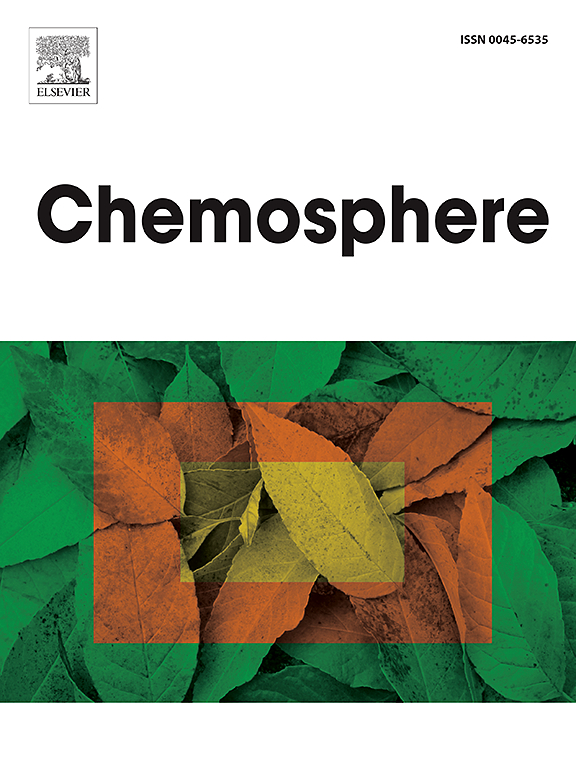Exploring water quality variations and biofilm growth in a drinking water distribution system via a biofilm annular reactor series system and predictive modelling of residual chlorine
IF 8.1
2区 环境科学与生态学
Q1 ENVIRONMENTAL SCIENCES
引用次数: 0
Abstract
The hydraulic conditions vary significantly across different segments of the drinking water distribution system (DWDS), leading to distinct variations in water quality throughout the system. Understanding these changes in water quality and biofilm development over time is crucial for enhancing drinking water management efficiency. This study focused on replicating the hydraulic conditions found in transmission and distribution pipelines within a specific pipeline path of the DWDS in Singapore using a biofilm annular reactor series system (BARSS). The BARSS experiment revealed that the total residual chlorine (TRC) concentration in water was greatly influenced by both flow velocity and the amount of biofilm present. TRC decay occurred more rapidly at higher flow velocity and was influenced by bacterial growth under fast flow conditions. Furthermore, UV254 levels in the water decreased with extended water age in the BARSS, due to the degradation of organic matters into smaller molecules. The study also found that higher TRC concentrations had a more pronounced inhibitory effect on biofilm formation and the proliferation of minor taxa. In the last part of the study, a predictive model for TRC concentration was developed using water quality parameters from preceding stages in the BARSS. This model demonstrated excellent prediction accuracy for TRC concentration, with a mean square error (MSE) of 0.0110 and R2 of 0.9893.

通过生物膜环形反应器系列系统和余氯预测模型探索饮用水分配系统中的水质变化和生物膜生长。
饮用水分配系统(DWDS)不同区段的水力条件差异很大,导致整个系统的水质变化明显。了解这些随时间变化的水质和生物膜的发展对提高饮用水管理效率至关重要。本研究的重点是使用生物膜环形反应器系列系统(BARSS)在新加坡DWDS的特定管道路径内复制输配电管道中的水力条件。BARSS实验表明,水流速度和生物膜存在量对水中总余氯(TRC)浓度均有较大影响。在高流速条件下,TRC的衰变速度更快,在快流速条件下,TRC的衰变受细菌生长的影响。此外,由于有机物降解成更小的分子,BARSS中水中UV254的水平随着水龄的延长而下降。研究还发现,较高的TRC浓度对生物膜的形成和小类群的增殖有更明显的抑制作用。在研究的最后一部分,利用BARSS前几个阶段的水质参数开发了TRC浓度的预测模型。该模型对TRC浓度的预测精度较高,均方误差(MSE)为0.0110,R2为0.9893。
本文章由计算机程序翻译,如有差异,请以英文原文为准。
求助全文
约1分钟内获得全文
求助全文
来源期刊

Chemosphere
环境科学-环境科学
CiteScore
15.80
自引率
8.00%
发文量
4975
审稿时长
3.4 months
期刊介绍:
Chemosphere, being an international multidisciplinary journal, is dedicated to publishing original communications and review articles on chemicals in the environment. The scope covers a wide range of topics, including the identification, quantification, behavior, fate, toxicology, treatment, and remediation of chemicals in the bio-, hydro-, litho-, and atmosphere, ensuring the broad dissemination of research in this field.
 求助内容:
求助内容: 应助结果提醒方式:
应助结果提醒方式:


